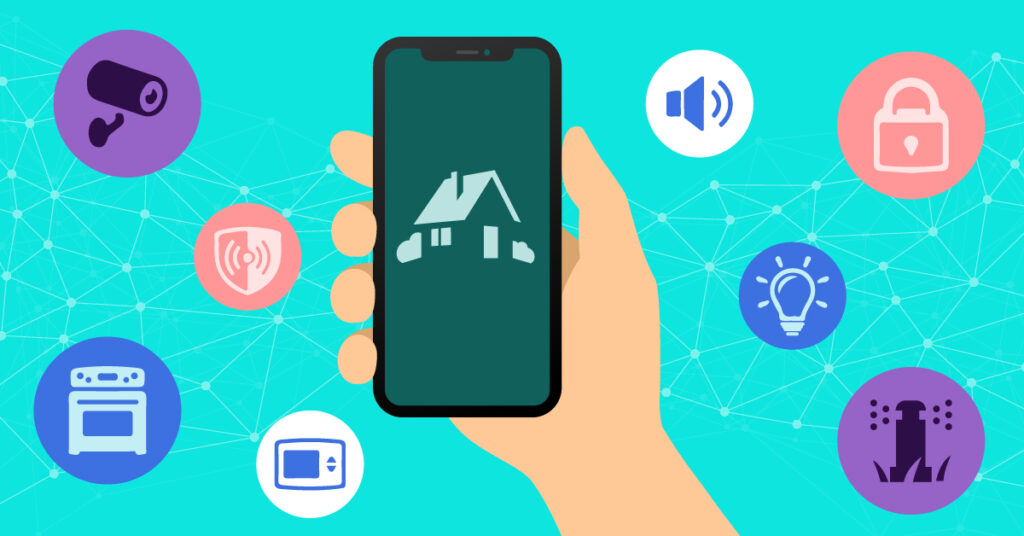Energy-efficient appliances aren’t just a buzzword; they’re a practical solution. They’re also a solid investment that can help you save on one of the fastest-growing home expenses—utilities. The right suite of home appliances can help you save every month and reduce your carbon footprint. That’s a win-win!
While many modern appliances have Energy Star ratings and other labels that indicate great energy efficiency, how you use these appliances plays a major role in determining how much you’ll save. Learn how to get the most out of every upgrade with this guide.
What Are Energy-Efficient Appliances?
Energy-efficient appliances are designed to perform their intended tasks using less electricity or water than standard models. For example, a low-flow toilet uses 1.6 gallons or less per flush, while a standard model can use up to 7 gallons for that same effect.
Energy-efficient appliances utilize advanced technologies, including improved insulation, sensors, and smarter control systems, to deliver the same type of savings to your other home systems.
Why Switch to Energy-Efficient Appliances?
Homeowners upgrade to energy-efficient appliances for lots of reasons, but one that’s universal is saving money. Using appliances that consume less energy means you’ll notice a drop in your monthly electricity costs. In some cases, you can save hundreds of dollars annually, depending on the appliances you replace and how you use them. The fact that these appliances also reduce greenhouse gas emissions makes them a big plus for those concerned about environmental impact, too!
How to Choose Energy-Efficient Appliances

Start by looking for an Energy Star label. Even small improvements, such as an Energy Star fridge versus one that meets minimum federal standards, deliver a 9% savings on energy use. To see what that means in real dollars, look at the EnergyGuide label. It should include an estimate of the annual cost to operate the appliance.
Make sure to shop for appliances that are the right size for your home. A refrigerator that is too large or an oversized washer wastes energy. You also want upgrades that have energy-saving features like:
- Eco mode: Uses less energy or water during operation.
- Sensor technology: Adjusts performance based on load size or soil level.
- Smart connectivity: Some smart appliances can schedule tasks during off-peak hours.
It’s also a good idea to maximize upfront savings. Check for rebates or tax credits in your area. Many states and utility providers offer financial incentives for switching to energy-efficient appliances. Start with Energy Star’s rebate finder or visit your local utility provider’s website.
Tips for Using Energy-Efficient Appliances Effectively
Buying the appliance is only half the battle. If you don’t use it properly, you’ll still be racking up the energy charges. Here’s how to reduce your operational costs for some of the most common household appliances.
Refrigerator & Freezer
It might seem obvious, but keep your refrigerator/freezer combo clean and not overly full. Modern, energy-efficient models require effective air circulation to maintain a steady temperature. So, don’t overcrowd your fridge and drop the thermostat. Instead, get a unit that’s expansive enough to handle your regular needs. Set the temperature to between 37°F and 40°F and keep the freezer at 0°F. Take the time to dust off the coils regularly, and you’ll have a unit that runs optimally.
Dishwasher
Save on water and electricity by skipping the heated dry cycle and running only full loads. Plus, get double water savings by skipping the pre-rinse. Modern dishwashers can handle food residue, so scrape your plate, but don’t bother rinsing it first.
Washing Machine and Dryer
Switch to cold water for your washing to save on energy with every load. Heating water is an energy sink, so skipping that step can be very helpful. Also, be sure to utilize any available extra spin options. The more water that comes out in the spin cycle, the less time your laundry will take to dry.
After switching clothes to the dryer, use any sensor-dry settings to avoid heating already dry clothes. Plus, it’s often best to dry load after load, since your dryer will stay hot if you’re quick about switching clothes. Be sure to clean the lint filter after every switch, though, since a clogged filter can slow airflow and overwork your appliance.
HVAC Systems
If you don’t already have one, a programmable thermostat is a great way to save money, even with an older model heating or cooling system. Set it to reduce output when you’re at work and increase it when people are home. Keep your filters clean and insulate your home to help reduce the load on your HVAC system.
Beyond Appliances: Habits That Boost Efficiency
The most efficient appliance can still be misused. Pairing smart habits with smart devices yields the best results.
- Unplug or use smart power strips: Many electronics continue to draw power even when turned off.
- Use appliances during off-peak hours: Some utility companies even offer lower rates during off-peak hours, such as nighttime or weekends.
- Maintain appliances regularly: A well-maintained machine operates more efficiently and lasts longer.
Learn to utilize your modern appliances in ways that maximize their energy-saving features. While your appliances can lower your utility bills without active participation, if you want to maximize your savings, you may have to change a few habits.
You might also be interested in: Is Your Home Wasting Energy? Find Out With an Energy Audit




